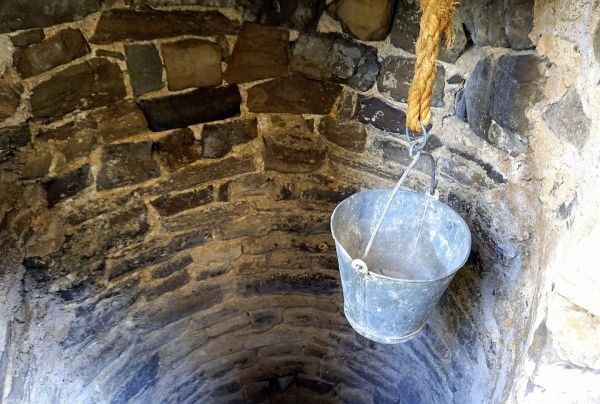No single method will work in all locations where arsenic needs to be removed from groundwater, says a United Nations University (UNU) review of 31 technologies developed over the past 20 years.
Released on 31 January, the review compares the effectiveness and costs of technologies tested in laboratories or through field trials to remove arsenic in groundwater — a health threat to at least 140 million people in 50 countries, according to the World Health Organisation. Long-term exposure to arsenic in drinking water and food can cause cancer and skin lesions.
“Each country would need to identify [which] technology would be most viable and beneficial given their technical capacity, resources, and social and cultural practices,” Duminda Perera, senior researcher at UNU's Canada-based Institute for Water, Environment and Health and a co-author of the review, tells SciDev.Net. “Also, they need to consider the level of arsenic prevailing in the groundwater.”
Different technologies are likely to be cost-effective in different areas, such as contamination hotspots versus less contaminated areas, or urban versus rural settings.
Read more at SciDev.net
Photo Credit: JosepMonter via Pixabay


